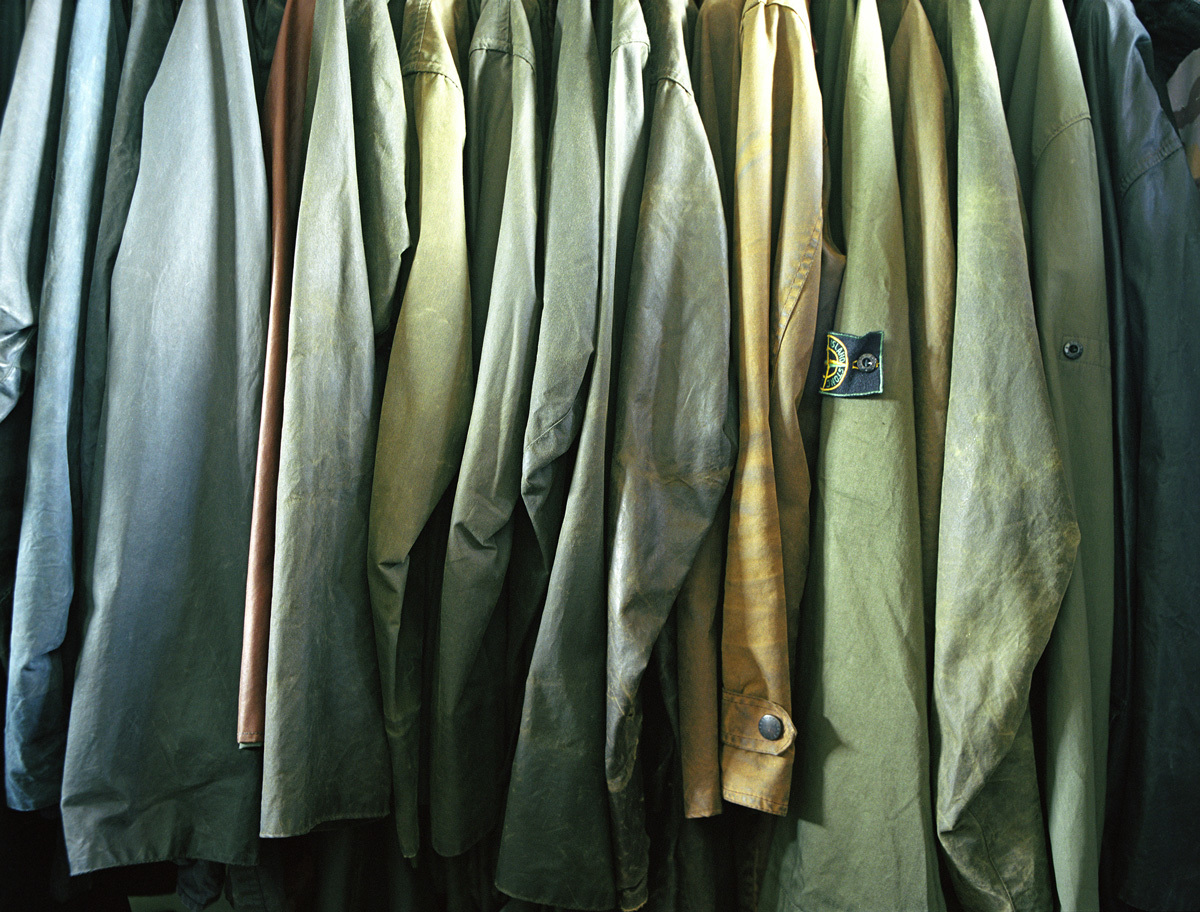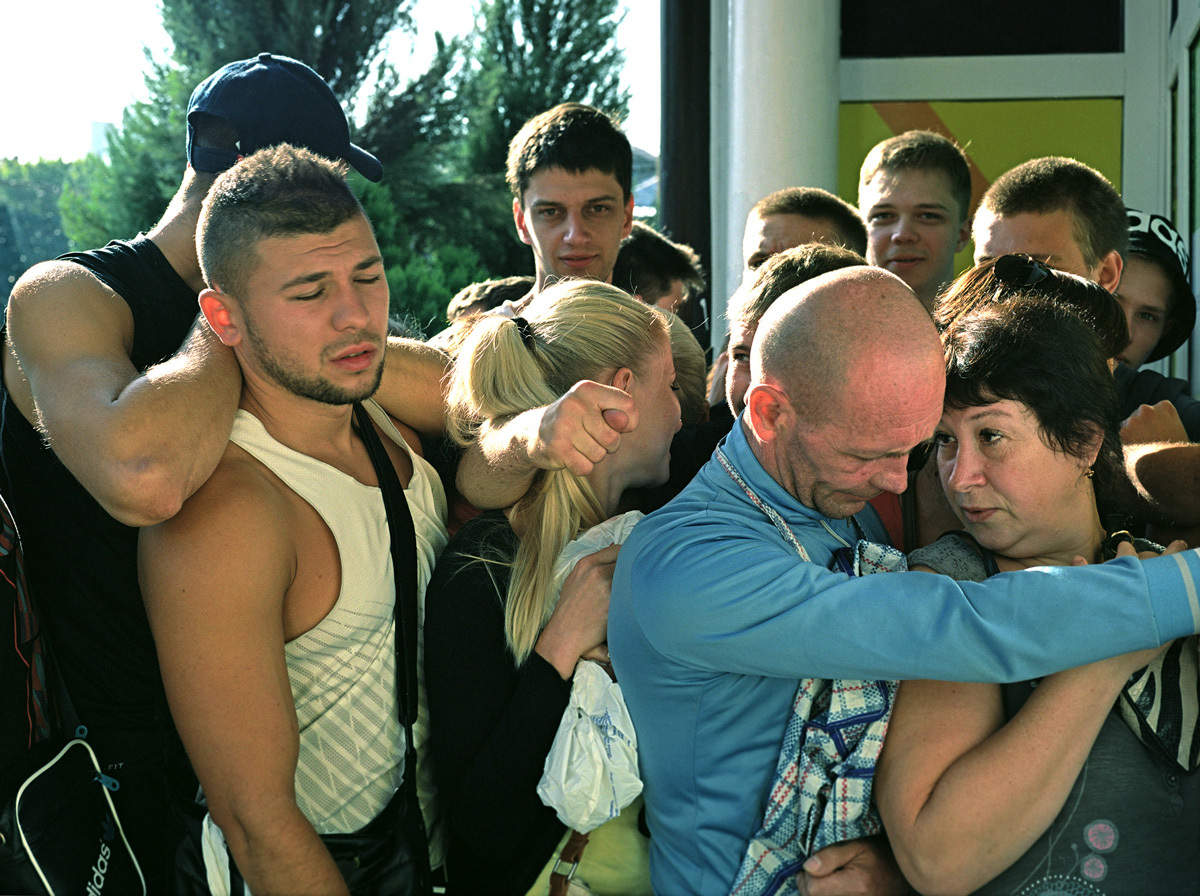Hunting through vintages and scrolling through eBay for bargains is a standard past-time of style hungry but cash poor kids the world over, from LA to Berlin. Yet a used pair of Levi’s or late 90s puffer jacket could have more history than we imagine. Especially in Ukraine, where it can tell a a complex social, political, economic story.
The country’s second hand stores and flea markets are a well-known destination among the country’s visitors, and probably one of the secrets of Ukrainian youth, within their burgeoning rave scene especially, immaculate style. The prices are often absurdly low; coats and shoes can be purchased for 50 Hryvnias (about £2), tops and dresses for much less, while in the deepest, darkest corners of the large markets, like Kiev’s celebrated Lesnoy, everything goes for 2-3 Hryvnias. Some stores sell clothes by weight, the turnaround of stock is quick, and the clientele is endlessly diverse. The world that revolves around used garments goes far beyond vintage styles, and that’s what attracted photographer Vitalik Galanzha to document them.

“The topic of second hand clothes is a great reflection of life in contemporary Ukraine,” he says. “The story here is not just about social poverty but also about the influence of second hand clothes on the material culture of Ukrainians. I started to work on the project in Kiev: for a few months I just visited second hand stores and markets, observed and met various people. Then I travelled across Ukraine and visited over 20 towns and villages altogether. It took me about a year. In the last few years the number of these stores, and demand for them, visibly increased, and it stimulated my interest even more.”
In every town he visited Galanza tried to go to as many thrift shops and markets as he could. “Most of them look the same inside: hundreds of hangers with clothes along the walls, sometimes even the ceiling, clothes piled up in huge mountains on the tables,” he recalls. The locations reflect Ukraine’s transition from the communist era to a market economy, and the makeshift entrepreneurial opportunities that erupted at the time. “A thrift shop could be in a former Soviet house of culture or an old industrial warehouse. In Zaporizhia, in south east Ukraine, I photographed a market in a bunker of a former secret factory that used to produce materials for military industry. The bunker could still be a bomb shelter, but now it’s just filled with clothes,” Galanza says.

The story of Ukrainian second hand markets might seems very distant — yet it’s much closer to us than it seems. Most of clothes which end up on the hangers and in piles come from western Europe. Effectively, a jacket you take to a charity shop in London could easily end up being sold again in a rural Ukrainian town. It shows, once again, how little we know about the production and recycling of the garments we wear. “According to the statistics from 2012, each year around 100 thousands tonnes of used clothes are imported into Ukraine, which means two kilos for every Ukrainian citizen. Today, this sum could have doubled. In the first half of 2016 over 40% of all the clothes and shoes imported into the country are used goods — it’s a huge quantity, considering the complete absence of clothing manufacturing in the country,” Galanza explains. “Mostly clothes comes from Europe: Britain, Germany, Italy, Holland, Switzerland and so on. In these countries clothing is usually collected by various organisations and after it’s been sold to Ukraine, money goes to charity. After clothes ends up in Ukrainian thrift stores or markets it could be bought by regular consumers or by people who earn money by reselling it online within Ukraine or abroad — and the circle is complete.” This means, effectively, that a lot of garments could then return back to Europe: the rows of Christmas jumpers and sand-coloured trench coats could easily make a trip back to the UK.

For Galanza photographing thrift shops meant not only studying the complex social process that form them, but also documenting the lives of ordinary Ukrainians. “People who shop in second hand stores span a wide range of incomes and intentions — someone who is looking for certain brands and designer clothes, or someone who can’t afford anything else,” he explains. “Before it used to be mostly young people looking towards the West, and the elderly, but now you could see whole families of all ages. It started with the currency collapse, after that even the cheap Chinese goods became too expensive for a lot of Ukrainians. That leads to most of the population being more open to wearing used clothes because here they could buy a good quality garment much cheaper than in a regular store.”
On this intersection between clothes and society, a certain feeling of melancholy enters the image — perhaps from the previous histories of clothes or the new owners’ restless search. “Without doubt, huge quantities of clothes which were used — with traces of other life and things forgotten in pockets — makes you think of the previous owners,” Galanza adds. “I tried to capture this meeting point of past and future when discarded clothes gets a new life in a different place and different circumstances.”

Credits
Text Anastasiia Fedorova
Photography Vitalik Galanzha
